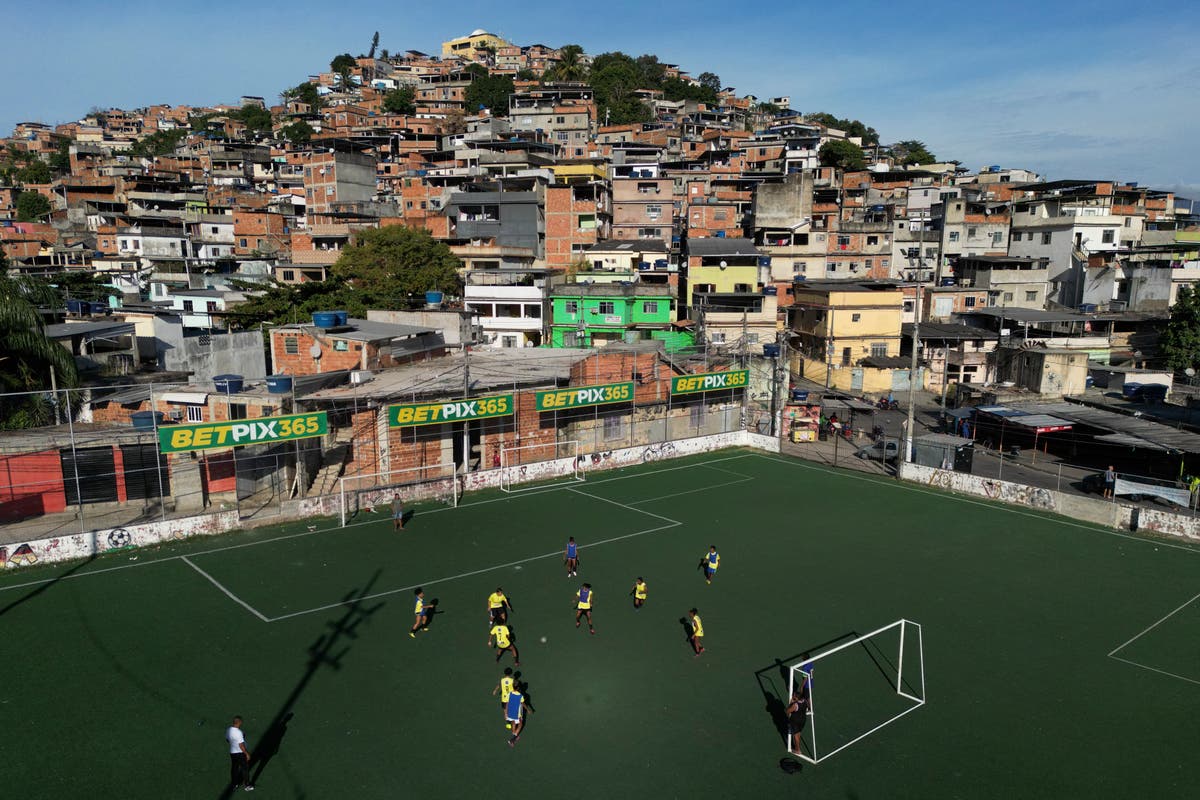
The world is witnessing the consequences of climate change: long-lasting changes in temperature and rainfall, and more intense and frequent extreme weather events such as heat waves, hurricanes, typhoons, flooding and drought. All make it harder for families and communities to meet their care needs. Climate change affects care systems in various ways.
First, sudden illnesses and unexpected disabilities heighten the need for care. Second, it reduces access to important inputs for care such as water, food and safe shelter. Third, it can damage physical and social care infrastructures.
It can also lead to breakdowns of traditional units of caregiving such as households and communities. And it creates new situations of need with the increase in displaced person settlements and refugee camps. Climate change creates sudden spikes in the demand for care, and serious challenges to meeting the growing need for care.
All this has immediate and long lasting effects on human well-being. The size of the current unmet care needs throughout the world is substantial. In childcare alone, about 23% of children worldwide —nearly 350 million—need childcare but do not have it.
Families in low- and lower-middle-income countries are the most in need. Similarly, as the world's population ages rapidly, only a small proportion of the elderly who need assistance are able to use formal care (in an institution or paid homecare). Most are cared for by family members or other unpaid caregivers.
Much of this unpaid care and formal care work is provided by women and girls. Hundreds of millions of people around the world struggle to get health care. Expansion of access to essential health services has slowed compared to pre-2015 .
And health care costs still create financial hardship. Without comprehensive public and global support for care provision and the integration of care in the climate agenda, unmet care needs will only grow and inequalities will widen. Impact Climate change interacts with human health in complex ways.
Its impact is highly uneven across populations. It depends on geographical region, income, education, gender roles, social norms , level of development, and the institutional capacity and accessibility of health systems. In 2018-22, Africa experienced the biggest increase in the heat-related mortality rate since 2000-05 .
This is not surprising, as the continent has more frequent health-threatening temperatures than ever before and a growing population of people older than 65. Africa was also the region most affected by droughts in 2013-22, with 64% of its land area affected by at least one month of extreme drought per year on average. It was followed by Oceania (55% of its land area) and South and Central America (53%).
Scientific evidence also points to increases in health inequalities caused by climate change. The health effects of climate change are not uniformly felt by different population groups. Exposure, severity of impact, and ability of individuals to recover depend on a variety of factors .
Physiological characteristics, income, education, type of occupation, location, social norms and health systems are some of them. For example, older people and young children face the greatest health risks from high temperatures. There is also evidence of the disproportionate effect of climate change on the health of people living in poverty and those who belong to disadvantaged groups.
Women of lower social and economic status and with less education are more vulnerable to heat stress compared to women in wealthier households and with higher education or social status. They are exposed to pollution in the absence of clean cooking fuel, and to extreme heat as they walk to gather water and fuel, or do other work outdoors. Bad sanitation in poor urban areas increases the incidence of water-borne diseases after heavy rains and floods .
Lack of access to health care services and the means to pay for medicines make it difficult for women and men in low-income households to recover from illness, heat strokes, and air pollution-related ailments. Mental health problems are being attributed to climate change as well . Studies show that the loss of family or kin members, home, livelihood and a safe environment can bring about direct emotional impacts.
These adverse impacts increase the demand for caregiving and the care workload. Climate-induced health problems force family and community caregivers, particularly women, to spend more time looking after the sick and disabled, particularly frail elderly people and children. Effect on food and water Climate change threatens the availability of food, clean water and safe shelter.
It erodes households' and communities' care capacity and hence societies' ability to thrive. Fluctuations in food supply and rising food prices as a result of environmental disasters, along with the inadequacy of government policies, underscore the mounting challenge of meeting food needs . The threat of chronic shortage of safe drinking water has also risen.
Water scarcity is an area where structural inequalities and gender disparities are laid bare. Care for the sick and disabled, the young and the elderly is compromised when water is scarce. Effects on providing care Extreme weather events disrupt physical care infrastructures.
It may be hard to reach hospitals, clinics, daycare centers, nursery schools and nursing homes. Some facilities may be damaged and have to close. Another type of care system that can break down is family networks and support provided by friends and neighbors.
These informal care sharing arrangements are illustrated in a study of the three large informal settlements in Nairobi. About half (50.5%) of the sampled households reported having had a sick member in the two weeks before the survey.
The majority relied on close friends and family members living nearby for care and support. Studies have shown that climate change eventually leads to livelihood loss and resource scarcity, which can weaken social cohesion and local safety nets in affected communities. Heightened risks and uncertainty and imminent changes in socio-economic and political conditions can also compel individuals or entire households to migrate.
Migration is caused by a host of factors, but it has increasingly been a climate-related response. The World Bank's Groundswell Report released in 2018 , for example, projected that climate change could force 216 million people to move within their countries by 2050 to avoid the slow-onset impacts of climate change. A possible consequence of migration is the withdrawal of care support provided by the migrating extended kin, neighbors or friends, increasing the caregiving load of people left behind.
In the case of forced displacements, the traditional social networks existing in communities are disrupted entirely. What's needed There are compelling reasons to believe that meeting care needs can also help mitigate the effects of climate change . And actions to meet carbon-zero goals, prevent biodiversity loss and regenerate ecosystems can reduce the care work burden that falls heavily on families, communities and women.
Any effort to tackle these grave problems should be comprehensive in scope and must be based on principles of equality, universality, and responsibility shared by all . This article is republished from The Conversation under a Creative Commons license. Read the original article .
.














